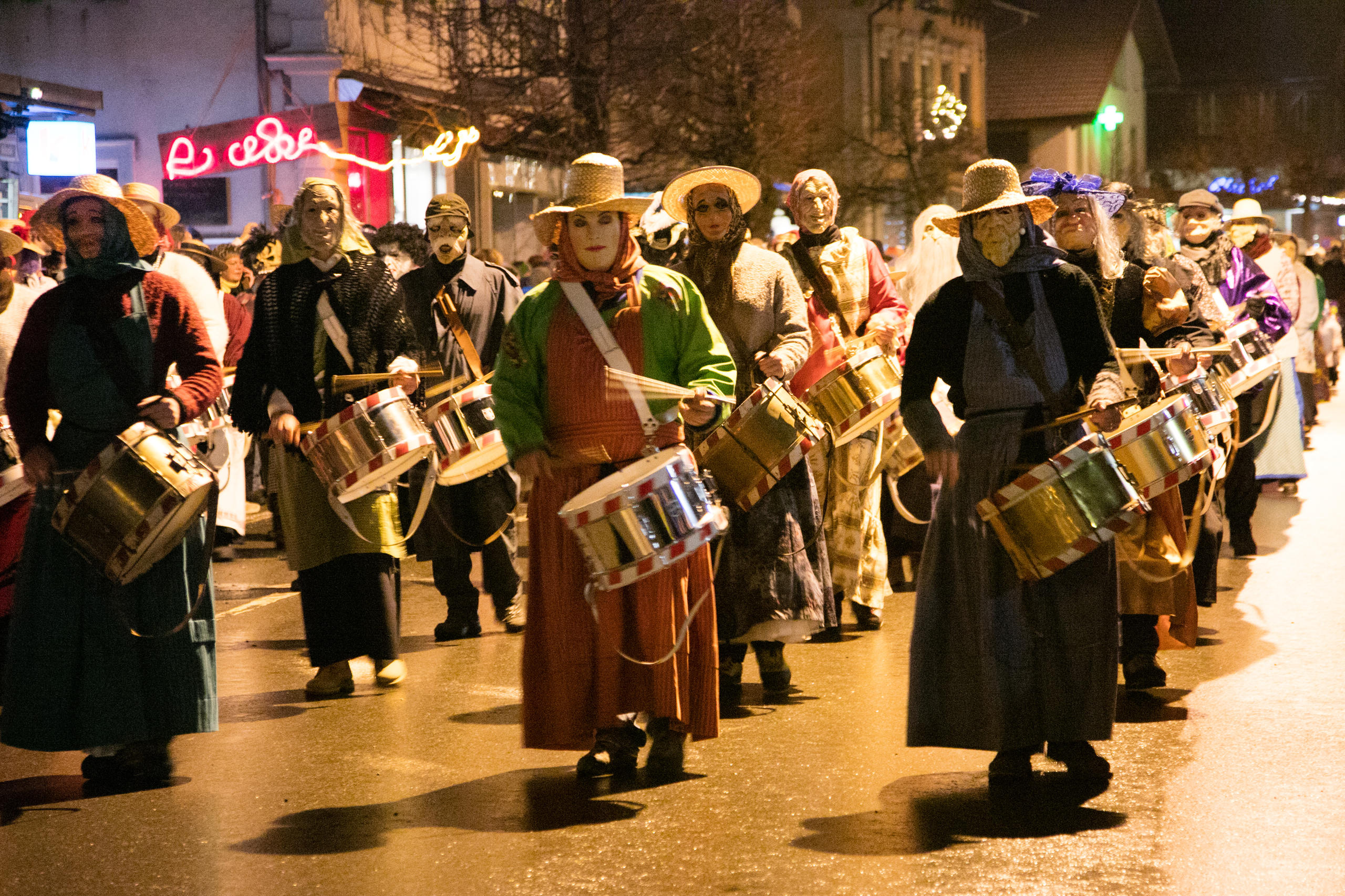Young jobless struggle to find work

Unemployment fell by 0.1 per cent to 4.2 per cent in February, but some sections of the population - such as school-leavers - are struggling to find work.
Though the number of unemployed 15- to 24-year-olds fell in February, experts warn that the figures mask the jobless reality for many young people.
“The unemployment statistics do not tell the full story of how many young people are in a desperate situation after leaving school,” warns Mario Bugnon, who runs job training schemes in canton Fribourg in western Switzerland.
“There are many young people doing an extra year of school, on a government-sponsored apprenticeship or, as is the case here, on a job training scheme. These people are not included in the unemployment statistics.”
At the end of December 2003, more than 46,000 20- to 29-year-olds were officially registered as unemployed in Switzerland.
In canton Zurich alone, young people make up a quarter of all registered unemployed.
Specialist job-training programmes for young people were launched in 1994 and are financed from unemployment insurance contributions.
They usually last between six and 12 months, depending on the canton, and involve work placements. Participants receive SFr450 ($360) a month and qualify for basic unemployment benefit.
Growing demand
Last year 21 cantons – up from 18 the previous year – received government funding to run the courses.
In 2003 around 3,800 young people benefited from the programme – 1,000 more than the previous year.
“Demand continues to grow,” stresses Alain Granger, who coordinates courses in French-speaking Switzerland and canton Ticino.
“This year the number of available places will increase by 20 per cent across the whole of the country. But it’s a fair bet that there still won’t be enough.”
Officially, the courses are open to young people between the ages of 15 and 25. But most of the participants (60 per cent) are 16- and 17-year-olds.
“These programmes are essentially taken up by teenagers looking for training,” concedes Tony Erb from the State Secretariat for Economic Affairs (Seco).
“This platform allows them to consider their options and steer themselves towards a profession that suits their skills.”
“Most of what we do is concerned with prevention: these steps towards apprenticeships are designed to ensure young people don’t join the ranks of the long-term unemployed,” he added.
Lifeline
For many of them, the courses are their only lifeline after compulsory schooling comes to an end.
“They told me late on that I could not stay in school,” says Vanessa. “Then my careers officer suggested joining a job training scheme.”
The 16-year-old is not alone: hundreds of young people who miss out on further schooling or a job end up on the programme.
“Only ten per cent of them are placed by unemployment centres,” explains Bugnon. “The rest are sent by careers officers or turn up on the advice of someone they know.”
“They are generally teenagers from an underprivileged social background and who have trouble fitting in. They tend not to belong to any organisations or sports clubs and they come here because there’s nothing better.”
“These are the forgotten: those who haven’t found the support necessary to grab their future with both hands.”
“I wanted to do an extra year in school but it didn’t happen,” says Yannick. “Since I hadn’t planned anything else, I was left high and dry. Right now, I’m incredibly motivated and making as many contacts as possible to find an apprenticeship.”
Work placements
Course leaders teach teenagers all the steps necessary to find a position with a firm – even if it is only a work placement. This is an opportunity for them to get a taste of the workplace, discover new possibilities or even get a job.
“We shouldn’t fool ourselves,” admitted Mario Bugnon. “The majority of the kids who come here aren’t up to the challenge of vocational training. On the other hand, they are motivated workers who can cope well with practical training.”
“We often get calls from companies to tell us that the kid we sent them is a first-class worker. We then try to come to an arrangement so they are kept on longer.”
The results speak for themselves: according to a Seco report, 63 per cent of those on job training schemes between 1998 and 2000 had their work placements extended. This figure dropped slightly to 57 per cent in 2002.
“The problem is we are having more and more trouble finding work placements,” says Alain Granger. “Firms no longer want to spend time training young people.”
According to Seco figures, almost 60 per cent of young people get fixed up with a job after completing basic training courses or apprenticeships. Only a quarter of them end up without a job.
swissinfo
Young people on job training schemes:
2003: 3,840
2002: 2,789
2001: 2,622
Job training schemes are financed from unemployment insurance contributions and are aimed at 15- to 25-year-olds.
The courses last from six to 12 months and are run by institutions approved by the cantonal authorities.
Participants receive SFr450 ($360) a month and qualify for basic unemployment benefit.

In compliance with the JTI standards
More: SWI swissinfo.ch certified by the Journalism Trust Initiative










You can find an overview of ongoing debates with our journalists here . Please join us!
If you want to start a conversation about a topic raised in this article or want to report factual errors, email us at english@swissinfo.ch.